简体中文
繁體中文
English
Pусский
日本語
ภาษาไทย
Tiếng Việt
Bahasa Indonesia
Español
हिन्दी
Filippiiniläinen
Français
Deutsch
Português
Türkçe
한국어
العربية
What Are Mule Accounts? Understanding the Financial Crime
Abstract:A Mule account is one of the tools used in the financial society. While the term may sound harmless, mule accounts are a central component in money laundering, investment scams, and cyber fraud, enabling criminals to move illicit funds through the global financial system without detection.
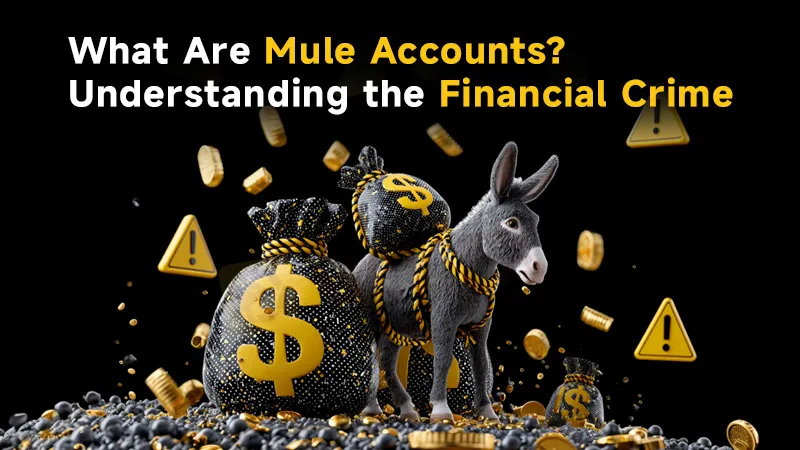
A Mule account is one of the tools used in the financial society. While the term may sound harmless, mule accounts are a central component in money laundering, investment scams, and cyber fraud, enabling criminals to move illicit funds through the global financial system without detection.
What Is a Mule Account?
A mule account refers to a bank or trading account used by criminals to transfer, receive, or hide illegally obtained money. The account holder may be a willing participant or an unwitting victim who believes they are performing a legitimate task, such as helping process payments for a job.
Essentially, a mule account acts as a buffer layer between the source of criminal funds and their ultimate destination, obscuring the money trail from regulators and law enforcement agencies.
How Mule Accounts Work
Money mules are recruited through various deceptive means, including:
- Fake job advertisements: Promising easy income for “processing transactions” or “acting as a local agent.”
- Romance scams: Victims are persuaded to receive and send funds on behalf of a supposed romantic partner.
- Social media and messaging apps: Fraudsters use platforms like Telegram, WhatsApp, or Facebook to recruit people with promises of quick commissions.
Once a victim agrees, criminals transfer illicit funds into the mules bank or trading account. The mule is then instructed to forward the money — often converting it into cryptocurrency or sending it overseas — keeping a small “commission.” In doing so, they unknowingly launder stolen money.
Types of Mule Accounts
There are typically three categories of mule accounts:
- Unwitting Mules: Individuals unaware they are laundering money, often victims of employment or romance scams.
- Witting Mules: People who suspect illegal activity but choose to ignore the warning signs.
- Complicit Mules: Fully aware individuals who willingly participate in criminal schemes for financial gain.
Why Mule Accounts Are Dangerous
Mule accounts dont just facilitate fraud, they also undermine financial stability and erode trust in digital banking and trading systems. They make it difficult for authorities to trace criminal proceeds and are often linked to:
- Investment scams
- Business email compromise (BEC)
- Identity theft
- Human trafficking and drug money laundering
Moreover, those who operate mule accounts face severe legal penalties. Even if someone claims ignorance, authorities in many countries hold account holders accountable for allowing their accounts to be used for money laundering.
How to Recognize and Avoid Mule Account Schemes
To protect yourself, its important to be aware of common red flags:
- Job offers requiring you to use your personal bank account for payments
- Online “friends” asking you to transfer money for them
- Promises of easy money with minimal effort
- Requests to share banking details with strangers
What Financial Institutions Are Doing
Banks and brokers worldwide are strengthening their anti-money laundering (AML) frameworks to detect mule accounts. Many now use:
- AI-based transaction monitoring
- Enhanced customer due diligence (CDD)
- Behavioral analytics to flag suspicious activity
Regulators such as the Financial Conduct Authority (FCA), Financial Crimes Enforcement Network (FinCEN), and AUSTRAC are also cracking down on mule networks by collaborating across borders to trace and freeze illicit funds.
Conclusion
Mule accounts might seem like a minor link in the global fraud chain, but they are crucial enablers of financial crime. By understanding how they work — and how to spot the warning signs — individuals and institutions can help prevent billions in losses tied to cybercrime and fraud.

Disclaimer:
The views in this article only represent the author's personal views, and do not constitute investment advice on this platform. This platform does not guarantee the accuracy, completeness and timeliness of the information in the article, and will not be liable for any loss caused by the use of or reliance on the information in the article.
Read more
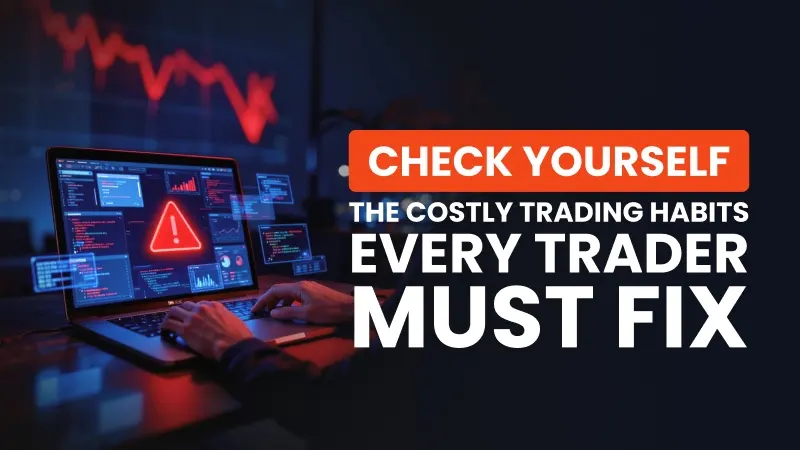
Check Yourself: The Costly Trading Habits Every Trader Must Fix
Are the trading habits you barely notice the very ones quietly destroying your profits, and could a single overlooked mistake be costing you far more than you realise?
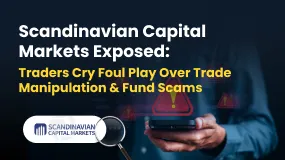
Scandinavian Capital Markets Exposed: Traders Cry Foul Play Over Trade Manipulation & Fund Scams
Does Scandinavian Capital Markets stipulate heavy margin requirements to keep you out of positions? Have you been deceived by their price manipulation tactic? Have you lost all your investments as the broker did not have risk management in place? Were you persuaded to bet on too risky and scam-ridden instruments by the broker officials? These are some burning issues traders face here. In this Scandinavian Capital Markets review guide, we have discussed these issues. Read on to explore them.
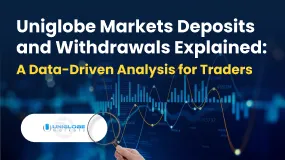
Uniglobe Markets Deposits and Withdrawals Explained: A Data-Driven Analysis for Traders
For any experienced trader, the integrity of a broker isn't just measured in pips and spreads; it's fundamentally defined by the reliability and transparency of its financial operations. The ability to deposit and, more importantly, withdraw capital seamlessly is the bedrock of trust between a trader and their brokerage. When this process is fraught with delays, ambiguity, or outright failure, it undermines the entire trading relationship. This in-depth analysis focuses on Uniglobe Markets, a broker that has been operational for 5-10 years and presents itself as a world-class trading partner. We will move beyond the marketing claims to scrutinize the realities of its funding mechanisms. By examining available data on Uniglobe Markets deposits and withdrawals, we aim to provide a clear, evidence-based picture for traders evaluating this broker for long-term engagement. Our investigation will be anchored primarily in verified records and user exposure reports to explain the Uniglobe Mar
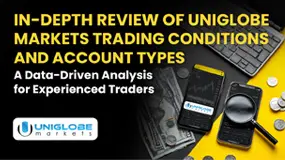
In-Depth Review of Uniglobe Markets Trading Conditions and Account Types – An Analysis for Traders
For experienced traders, selecting a broker is a meticulous process that extends far beyond headline spreads and bonus offers. It involves a deep dive into the fundamental structure of a broker's offering: its regulatory standing, the integrity of its trading conditions, and the flexibility of its account types. Uniglobe Markets, a broker with an operational history spanning over five years, presents a complex case study. It offers seemingly attractive conditions, including high leverage and a diverse account structure, yet operates within a regulatory framework that demands intense scrutiny. This in-depth analysis will dissect the Uniglobe Markets trading conditions and account types, using data primarily sourced from the global broker inquiry platform, WikiFX. We will explore the Uniglobe Markets minimum deposit, leverage, and account types to provide a clear, data-driven perspective for traders evaluating this broker as a potential long-term partner.
WikiFX Broker
Latest News
GCash Rolls Out Virtual US Account to Cut Forex Fees for Filipinos
The 350 Per Cent Promise That Cost Her RM604,000
INZO Commission Fees and Spreads Breakdown: A 2025 Data-Driven Analysis for Traders
Garanti BBVA Securities Exposed: Traders Report Unfair Charges & Poor Customer Service
"Just 9 More Lots": Inside the Endless Withdrawal Loop at Grand Capital
Private payroll losses accelerated in the past four weeks, ADP reports
Core wholesale prices rose less than expected in September; retail sales gain
Consumer confidence hits lowest point since April as job worries grow
CFTC Polymarket Approval Signals U.S. Relaunch 2025
MH Markets Commission Fees and Spreads Analysis: A Data-Driven Breakdown for Traders
Currency Calculator



